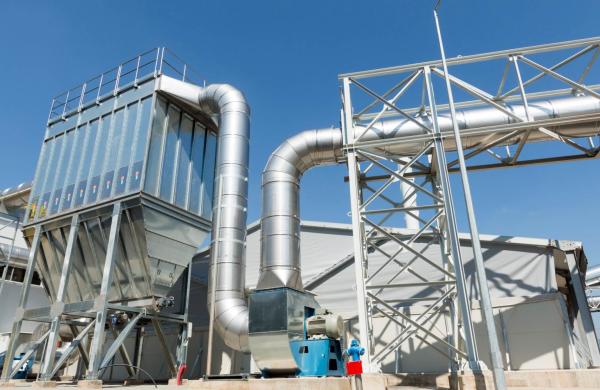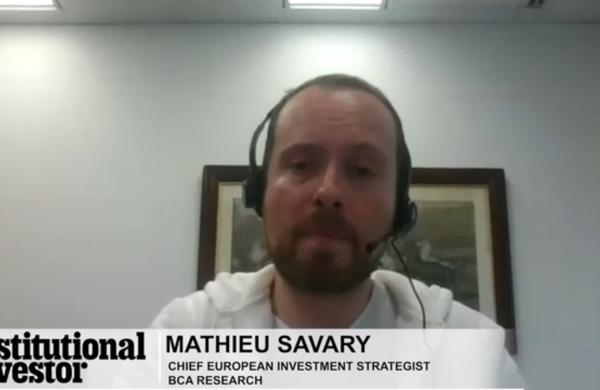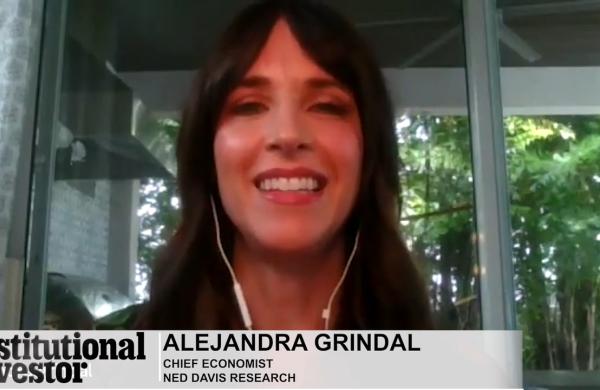For millions of people who drive older cars and do their own repairs, AutoZone is the most popular place to buy parts and accessories and to get advice from expert salespeople.
To Steve Odland, chairman and chief executive officer of the Memphis, Tennesseebased company, it's also retailing nirvana. In January 2001 Odland traded in the razor-thin 1 to 2 percent profit margins of the supermarket industry -- he was chief operating officer of Dutch giant Royal Ahold's U.S. subsidiary, which runs supermarket chains like Stop & Shop Cos. and Giant Food -- for the 15 percent margin that AutoZone enjoys.
For the fiscal year that ended August 31, AutoZone increased revenues 11 percent, to $5.3 billion. Earnings per share shot up 68 percent in fiscal 2002, to $4, and 37 percent in the most recent quarter, to $1.04. The company's stock price, recently about $65, has nearly tripled since Odland took the wheel. Merrill Lynch & Co.'s retailing analyst, Douglas Neviera, raised his price target to $120 from $105 based on first-quarter results.
"AutoZone has been one of the best performers in all of retail," says John Lawrence of Morgan Keegan & Co., who has an outperform rating on the stock. "Its stores' productivity is up, returns on capital are impressive, and it has plenty of leverage to keep moving forward."
Since opening its first store in Forrest City, Arkansas, in 1979, AutoZone has grown to 3,098 outlets in 44 states and the District of Columbia, with a further 40 branches in Mexico. Sales have increased at a compound annual rate of 20 percent, and earnings per share at 22 percent, for the past ten years.
"This is a unique business," marvels Odland, a 44-year-old Minneapolis native with business degrees from the University of Notre Dame and Northwestern University's J.L. Kellogg School of Management. "Most retailing is cyclical or fashion-oriented. We are neither. We're not even countercyclical."
Why is that? "Our business model is based on a few simple factors -- cars on the road, miles driven and maintenance needed -- that increase regardless of economic conditions," Odland explains.
AutoZone's core customers are do-it-yourselfers with cars at least seven years old; AutoZoners call these OKVs, "our kind of vehicles." Half the 225 million cars on U.S. roads are OKVs, up from a third 20 years ago. Says Odland, "Cars today are made better, last longer and stay OKVs longer."
He is fond of another three-letter abbreviation: SUV. "Sport utility vehicles are driven harder [than other cars], and their parts are larger and more expensive," says Odland. "The average SUV is only five and a half years old, so that will be another trend in our favor -- one that has nothing to do with whether the economy is good, bad or indifferent."
AutoZone is by no means the only source of spare parts. It has thousands of competitors, most of them mom-and-pop outfits. Competing chains, like Pep Boys and Western Auto, are regional with fewer stores, and their low-single-digit market shares fall well short of AutoZone's 12 percent. AutoZone's strong national brand in a fragmented market -- the company spends about $20 million a year on advertising, with its "Get in the Zone" slogan -- is another blessing that Odland can count on. "This model has years and years to run," he asserts.
Odland says that a customer-service-oriented, "do-the-right-thing culture" -- instilled by AutoZone founder J.R. Hyde III, 60, still a company director -- has made his job easy.
But Odland hardly has the company on cruise control. He has emphasized shareholder value. AutoZone sold its underperforming truck-parts division in 2001 to an investor group led by buyout firm Paratus Capital Management of Boston and New York. "We decided it was best to redeploy that capital," Odland says. He also slowed new-store openings to meet hurdle rates. But that's the closest AutoZone comes to acknowledging recessionary constraints; it still added about 100 stores in each of the past two years and is ramping that up to 150 in 2003.
Odland -- who held senior jobs in consumer product marketing at Quaker Oats Co. and Sara Lee Corp. before joining Ahold's U.S. unit in 2000 -- was also ahead of the curve on corporate governance. Months before headlines blared about Enron Corp., Odland instituted a code of conduct for management and directors.
The CEO recently discussed his track record with Institutional Investor Assistant Managing Editor Jeffrey Kutler.
Institutional Investor: What was it about AutoZone that enticed you to leave the food industry?
Odland: It struck me that brand power is at the heart of many companies that do business with consumers and that retailers increasingly control the customer relationships. AutoZone is the only national auto-parts supplier, with by far the best brand name with which to drive sales and shareholder value.
Is Home Depot a role model?
There are similarities, definitely. But AutoZone is unique in many ways. Our name says auto, and we are in retail. You'd think that makes our business cyclical. But it isn't. What drives our industry is the number of older vehicles on the road and their miles driven, which are always increasing and are not influenced by the economy. It makes for a marvelously stable environment, yet with great opportunity for growth.
Are you saying there are no limits?
The Automotive Aftermarket Industry Association did a study on that. It asked, what would happen if everybody maintained their cars as recommended in manufacturers' owners manuals? The study concluded that there was $60 billion of undone maintenance last year. We are in a $36 billion industry that, growing at a compound 5 to 6 percent annually for the past ten years, outpaces every other consumer sector. That tells me we can double the size of this industry simply by reminding people through advertising to do more maintenance.
How fast is AutoZone growing?
Our compound sales growth over the past ten years, at 20 percent, is roughly four times better than the retail auto-parts industry. But think about this: In most retail sectors, growth is tied to population growth, which is about 1 percent a year. We're growing much faster, and on top of that there is all that undone maintenance. Our research tells us that we could build thousands more stores and run them profitably -- though we won't go overboard because we have to pay attention to the return on capital of each store. Still, that points up another contrast with Home Depot, which is facing saturation in some markets.
Are you thinking about expanding beyond the U.S. and Mexico?
No. Given the dynamics of the U.S. market, we don't have to look to further international expansion to drive our growth. Mexico is our No. 3 strategic priority. Our No. 1 priority is U.S. retail, and No. 2 is U.S. commercial, which we have grown in just a few years into a $500 million business, supplying parts to professional technicians who, in turn, serve the end customer. The commercial market is actually larger than do-it-yourself retail, is growing at the same 5 to 6 percent rate and is highly fragmented. We are the third-biggest in this market, where three brands -- Napa, Carquest and AutoZone -- have a combined 17 percent share. The rest is scattered among wholesale distributors, jobbers and mom-and-pops.
What is the point you're trying to make about corporate governance?
In January 2001 nobody was talking about corporate governance. But we had just added to our board Charles Elson [Edgar S. Woolard Jr. professor of corporate governance] of the University of Delaware. Through a combination of his expertise as well as my own desire to clearly lay out the roles of directors and management, we passed a comprehensive set of bylaws in June 2001, months before Enron and other such issues hit.
What exactly did you codify?
It's a list of principles covering the board's role, mission, ethics and independence, beginning with a statement of the objective to maximize long-term shareholder value. As a result of these guidelines, we reconstructed the board. I moved four management directors off and recruited two new independent directors -- Marsha Evans, president of the American Red Cross, who is a former navy admiral; and Earl Graves Jr., president and COO of Black Enterprise magazine. We have one insider -- me.
How do all these positives translate into earnings expectations?
We may be unique in this way, too: We don't give sales and earnings guidance. It would give our people a specific number to shoot for, which might actually hold them back.





